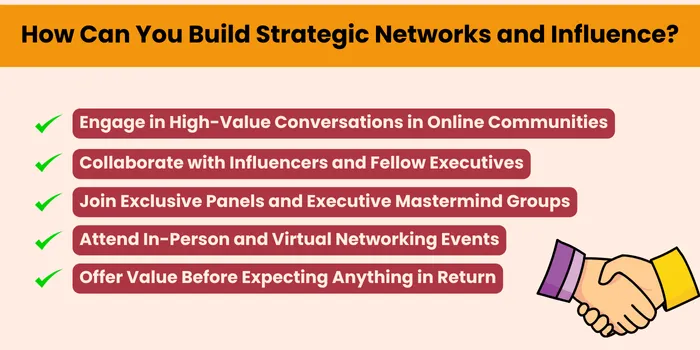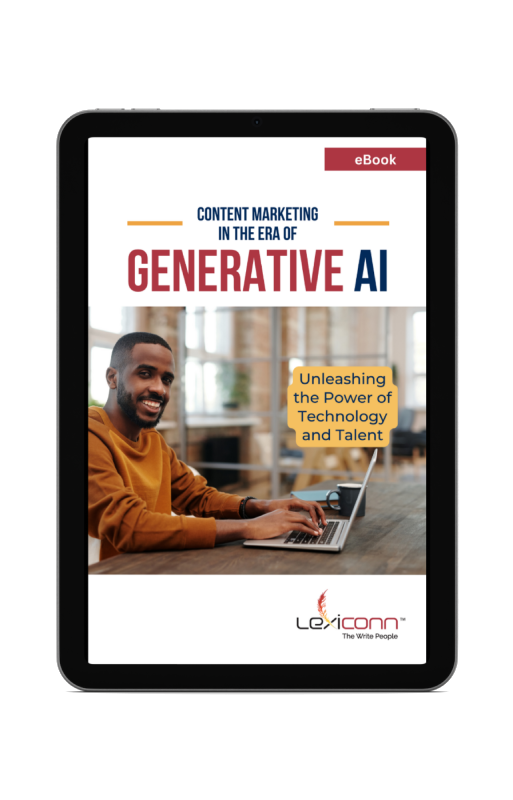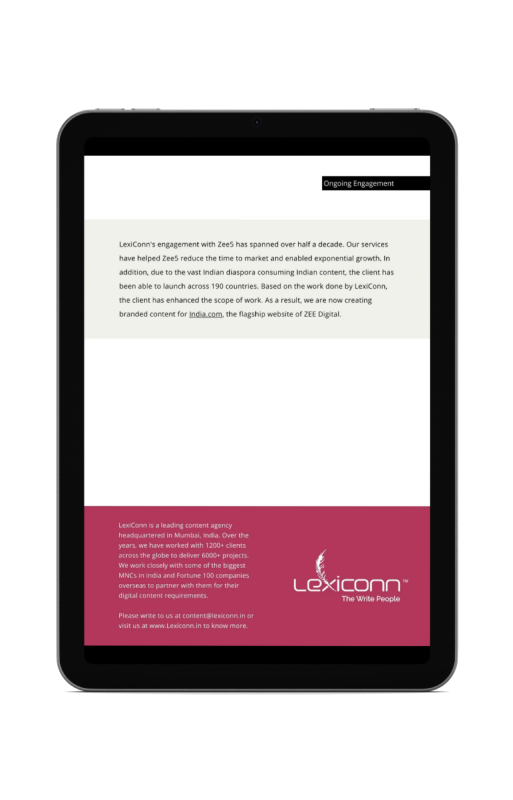

In 2025, personal branding is more than just visibility—it’s the key to building business influence and establishing online authority. A well-crafted personal brand helps executives gain credibility, attract opportunities, and position themselves as industry leaders. With AI-driven content, evolving digital platforms, and new engagement strategies, standing out requires a strategic approach.
So, how do you build a credible personal brand and maximize your business influence? From selecting the best platforms for personal branding to authority building through high-impact content, here’s what you need to know.
Think about the experts you trust. They didn’t just wake up one day and declare themselves industry leaders—they built their personal branding by consistently sharing knowledge and adding value. If you want to be recognized for your business influence, you need to take ownership of your space.

You can’t be an expert in everything. The key to authority building is focusing on a specific area where you bring real value. Ask yourself:
Once you’ve nailed this down, shape your content and messaging around it. Shaping your content around a well-defined niche strengthens your personal brand and makes it easier for people to recognize your expertise.
People trust leaders who don’t just repeat what’s already out there but bring fresh, well-supported perspectives. Keep up with industry trends by:
Break complex ideas into simple, digestible takeaways, and don’t be afraid to share your own opinions—just back them up with solid data!
If you want to grow your audience fast, borrow one! Being featured on established platforms helps you tap into new audiences and boost credibility. To expand your personal branding, try:
The more you show up in different spaces, the more people start recognizing and trusting your expertise. Each appearance introduces your business influence to a broader audience.
Want to be seen as the go-to expert? Show your work. Case studies and whitepapers highlight real-world applications and strengthen your online authority. To create them:
Case studies build authority, especially when you share them on LinkedIn, company blogs, or industry forums. They show that you don’t just talk about success—you create it.
If you want people to recognize you as an industry leader, they need to see you—everywhere. A strong digital presence builds credibility, expands your reach, and positions you as the go-to expert in your space. But not all platforms work the same way. The best platforms for personal branding vary based on industry and audience. Here’s how to use them effectively:
No matter which platform you focus on, keep your brand voice consistent. Your messaging should reflect your expertise and professional values. Stay active, engage with your audience, and track analytics to see what’s working so you can reinforce your personal brand.
Great content isn’t just about writing—it’s about being found, being heard, and being trusted. If you’re putting out valuable insights but not reaching the right audience, you’re missing opportunities. Smart content strategy, backed by SEO and AI, ensures your expertise gets the attention it deserves. Here’s how to make your content work harder for you:
AI-powered tools take the guesswork out of SEO. Platforms like Clearscope, SurferSEO, and SEMrush analyze search trends and suggest high-impact keywords. This helps your content rank higher, making it easier for people to find your insights. Use AI to:
Consistency is what turns a one-time reader into a loyal follower. Tools like Buffer, Hootsuite, and Sprout Social help you schedule content in advance, so you stay visible without manually posting every day. Plan:
Video content is essential for business influence. Short-form videos (TikTok, Instagram Reels, YouTube Shorts) grab attention quickly, while long-form content (YouTube, webinars, online courses) builds deep credibility. Start with:
People trust those who teach. High-value resources like e-books, online courses, and exclusive newsletters position you as an authority while keeping your audience engaged. Consider thought leadership resources like
AI tools like ChatGPT and Jasper don’t replace your voice—they enhance it. Use them to:
By combining SEO, AI, and smart content strategy, you create a personal brand that isn’t just visible—it’s trusted, followed, and recommended
Who you know is important—but who knows you is what truly matters. Strategic networking isn’t just about collecting contacts; it’s about building relationships that position you as a leader, open doors to new opportunities, and create lasting influence. Here’s how to do it effectively:

People remember those who contribute, not those who just show up. Instead of promoting yourself, focus on adding value in LinkedIn groups, industry Slack channels, and professional forums.
The goal? To become a go-to voice in your industry’s top digital spaces.
Networking isn’t just about meeting people—it’s about working with them. Collaborate with industry leaders to expand your credibility and reach.
When you align with established names, you gain visibility and strengthen your authority.
High-level conversations happen in closed rooms. Getting a seat at these tables gives you access to:
Look for invite-only groups, roundtable discussions, and C-suite communities where top executives exchange strategies.
Relationships are built faster when you meet face-to-face. Conferences, industry summits, and networking meetups allow for direct engagement with decision-makers.
Pro tip: Virtual events are great, but nothing replaces an in-person handshake.
Networking works best when it’s genuine. Instead of focusing on what you can gain, focus on what you can give:
The result? A strong professional network that wants to support you.
Your reputation isn’t just built on what you say—it’s shaped by what others say about you. In a digital-first world, perception can make or break opportunities. Managing your reputation with authentic engagement ensures credibility, fosters trust, and positions you as a respected leader.
✔ Trust & Credibility: A solid reputation strengthens relationships with clients, partners, and employees.
✔ Career & Business Growth: Industry leaders with a strong reputation attract high-value opportunities and partnerships.
✔ Crisis Prevention: Monitoring your online presence helps you address issues before they escalate.
You can’t manage what you don’t track. Set up alerts and use reputation management tools to stay informed about conversations surrounding your name.
Not all feedback will be positive, but how you handle it defines your leadership.
Your response isn’t just for the person giving feedback—it’s for everyone watching.
A consistent, authentic voice makes you trustworthy. Ensure that your content, public statements, and social media activity reflect your core values.
People connect with real engagement, not automated responses.
Reputation is reinforced by what you put into the world. Create valuable content that cements your authority:
The more valuable content you share, the stronger your reputation becomes.
Personal branding in 2025 is more than just being visible online—it’s about strategic authority building, digital innovation, and authentic engagement. Executives who embrace emerging trends will stay ahead of the curve, establishing lasting influence in their industries.
✔ AI-Driven Personal Branding Assistants – Tools like ChatGPT, Jasper, and Copy.ai help automate content creation, optimize engagement, and refine messaging for better visibility.
✔ Decentralized Social Media Platforms – With rising concerns over data privacy, platforms like Mastodon and Bluesky provide executives with more control over their personal brand.
✔ AI-Personalized Content Experiences – AI-powered blog posts, video content, and tailored email campaigns drive deeper audience engagement and credibility.
Building and maintaining a strong personal brand requires consistency, strategy, and high-quality content—and that’s where LexiConn comes in. Here’s how we help executives amplify their influence:
Ready to establish yourself as an industry leader? Let LexiConn handle the strategy while you focus on making an impact.
Want to discuss your personal branding goals? Let’s talk.



I have read and accept the Privacy Policy
Read More